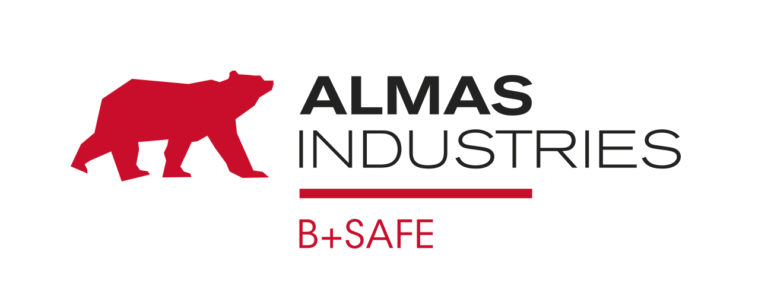It is often said that 15,000L of water are needed to produce 1Kg of meat. This is an example of a shock statement used to make good headlines, but the calculations are too often misunderstood and misquoted. With more than 90% of water consumed by livestock being ‘green water’ (rainfall), scientists calculate that 1kg of beef would actually remove around 50L of fresh water.
The “Water footprint” is a popular concept…
This figure was first released in 2002, when the concept of “water footprint” was established, following the growing popularity of the ecological footprint indicators. Arjen Hoekstra, whilst working at the UNESCO-IHE Institute for Water Education, created the water footprint as a metric to measure the amount of water consumed and polluted to produce goods and services along their full supply chain. Interest in the water footprint grew rapidly after its introduction in academic literature. Today, the Water Footprint Network is working on the harmonisation and promotion of the “water footprint” concept.
…which hides a complex assessment
The water footprint is an indicator of freshwater use that looks not only at direct water use of a consumer or producer, but also at the indirect water use. It includes actually “three types of water sources”: the blue water (surface or groundwater sourced water consumption by the animals and the irrigation), the grey water (water used to depollute the effluents and recycle them) and the green water (rainfall).
Livestock’s water footprint is made of 93% “green water”
It is essential to look at the structure of the water footprint. When considering livestock average water consumption, more than 90% is green water (rainfall) captured in the soil and evaporated by the plants and which returns to the water cycle. This would happen with or without farm animals.












